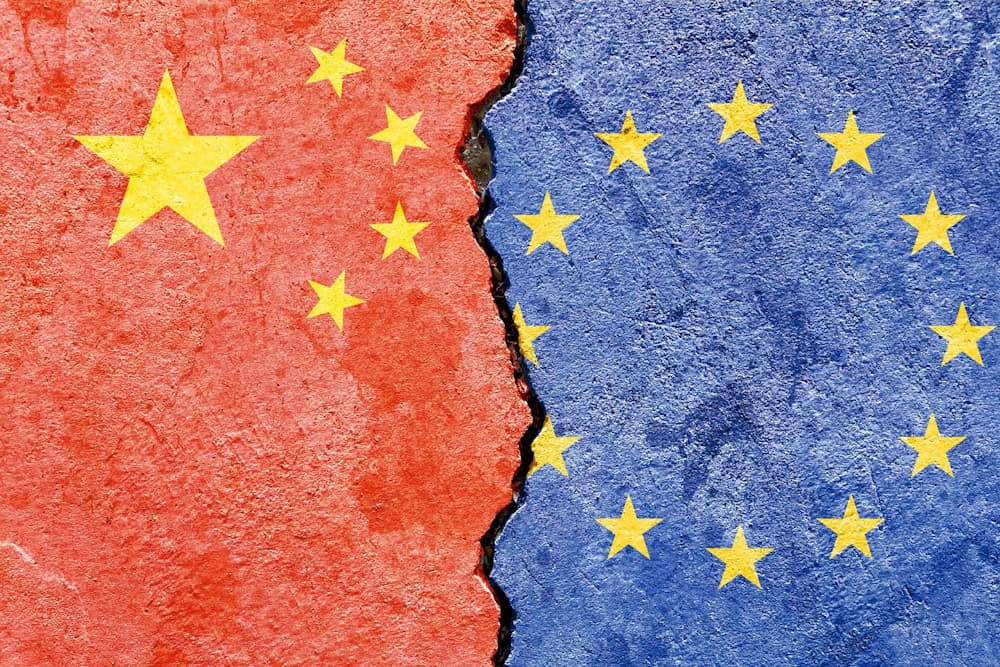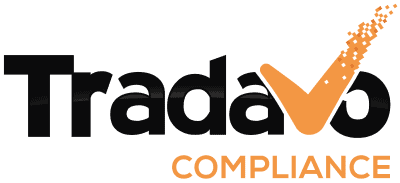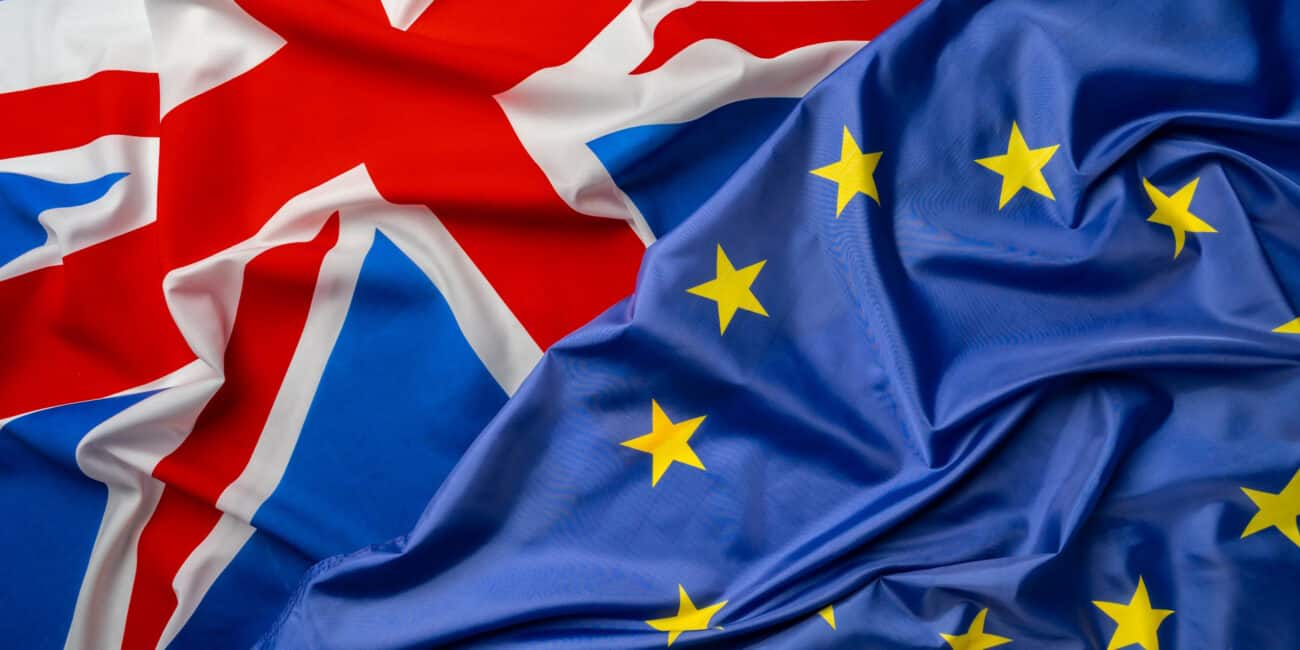EU Product Liability Directive
The new EU Product Liability Directive (Directive on liability for defective products) brings numerous changes that may affect you as an Amazon seller. By introducing this Directive, the European Union aims to adapt the product liability provisions to meet the requirements of state-of-the-art technologies and digital markets. As a result, you will have to fulfill new obligations and face new risks—but you can master them if you are well prepared.
This blog post tells you what the new Product Liability Directive means for you, specifically; which products are primarily affected; and which steps you should take now to be on the safe side in legal terms.
What is the new EU Product Liability Directive?
The new Product Liability Directive replaces the previous regulation that has been in force since 1985. The amendment is long overdue, considering that the world of products has fundamentally changed these past decades. In addition to the traditional physical products, digital elements such as software, AI-controlled devices and online services also need to be taken into consideration.
As an Amazon seller, you have to realize that the new Directive holds manufacturers, importers and sellers accountable, more so than before. If you import products from third countries or act as a reseller, the new regulations could result in additional challenges for you.
The new Directive has to be transposed into national law by December 9, 2026. As of this date, the new provisions are applicable.
Which products are affected?
The new Product Liability Directive covers a wide range of products, including:
- Physical products: From electrical devices to household appliances.
- Products with digital elements: E.g., smart home appliances or wearables.
- Software and AI systems: Even if they are not connected to a physical product, they may be subject to the Directive.
- Products from third countries: If you are an Amazon seller importing products made outside of the EU, you bear greater responsibility for the safety of such products.
The objective is to ensure that all products sold on the EU market comply with the same safety standards, irrespective of their origin.

What does this mean for you, specifically?
The new Product Liability Directive entails a number of important changes that may affect Amazon sellers. The three most important aspects you need to consider:
1. Extended liability for manufacturers and sellers
Sellers are no longer automatically exempt from liability if a product is defective. If the manufacturer cannot be identified, or if they are located outside of the EU, the importer or seller can now be held liable.
Example: If you import an electrical device from an Asian country and said device causes damage to a customer due to a short circuit, you as seller can be held liable even if the defect is imputable to the manufacturer.

2. Liability for digital products and software
Products with digital elements such as smart watches or smart speakers are now covered by the Product Liability Directive as well. Even if you are only selling software that causes damage because it does not work properly, you can be held liable.
Example: If you sell a smart home solution, and a software error causes the heating control to fail, you can be held liable for the damage caused.
3. New documentation requirements
The Directive requires you to document the safety and compliance of your products more comprehensively. For example, you have to provide proof of your products’ origin, compliance with safety standards, and possible instructions.
Missing or incomplete documents can not only give rise to fines, but increase your liability risk as well.
What Amazon sellers need to do to prepare
Implementing the new Product Liability Directive may appear to be a highly complex task, but you can prepare for it by taking the right steps. Some of these steps that you should take now:
1. Check your product portfolio
Take a close look at your product portfolio. Find out which of your products are subject to the new Directive and whether these products comply with the EU safety standards.
Ask yourself:
- Do my products come from a third country?
- Do they include digital elements that require regular updates?
- Can I clearly identify the manufacturer?
If you are importing products, check whether the manufacturer is able to provide the necessary certificates and documents.
2. Establish a compliance management system
A compliance management system helps you fulfill the requirements of the new Directive, including:
- Product tests: Make sure that all your products comply with the applicable safety standards.
- Documentation: Keep all the required certificates and declarations of conformity ready.
- Risk management: Establish procedures to identify and mitigate potential risks early on.
3. Use reliable suppliers
Reliable suppliers are a crucial factor in the effort to minimize legal risks. Check their certificates, safety cases, and production standards. Ideally, you should conclude contracts that clearly regulate liability issues.
4. Communicate openly with your customers
Keep your customers informed of your products’ safety features, and ensure that instructions and warnings are clear and comprehensible. Transparency creates trust, and in the event of damage, it can help you minimize liability claims.
What are the advantages of the new Directive?
Even though the new regulations entail additional requirements, they also offer opportunities:
- Strengthening of customers’ trust: Customers feel safer if they know that your products meet the highest standards.
- Competitive edge: If you implement the new Directive quickly, you can gain an edge over your not-yet-compliant competitors.
- Risk mitigation: Proper preparation helps you avoid potential liability claims and financial losses.
Conclusion: Use the new Product Liability Directive as an opportunity
The new EU Product Liability Directive may appear quite challenging at first glance, but it also offers a valuable opportunity for Amazon sellers to optimize their processes and make their business sustainable.
If you take the provisions seriously, you not only strengthen your customers’ trust, but also minimize your own risks. Now is the time to bring your supply chain, documentation and compliance procedures up to speed. This way, you are on the safe side from a legal point of view, and you can gain a competitive edge in the long run.
By offering transparency, high quality and safety, you can show your customers that they can rely on your products.
Who wrote this article?
As an author, Christina fills the blog section of our website with exciting and informative articles, so that our readers can always take care of product compliance in their company in the most well-informed way.




